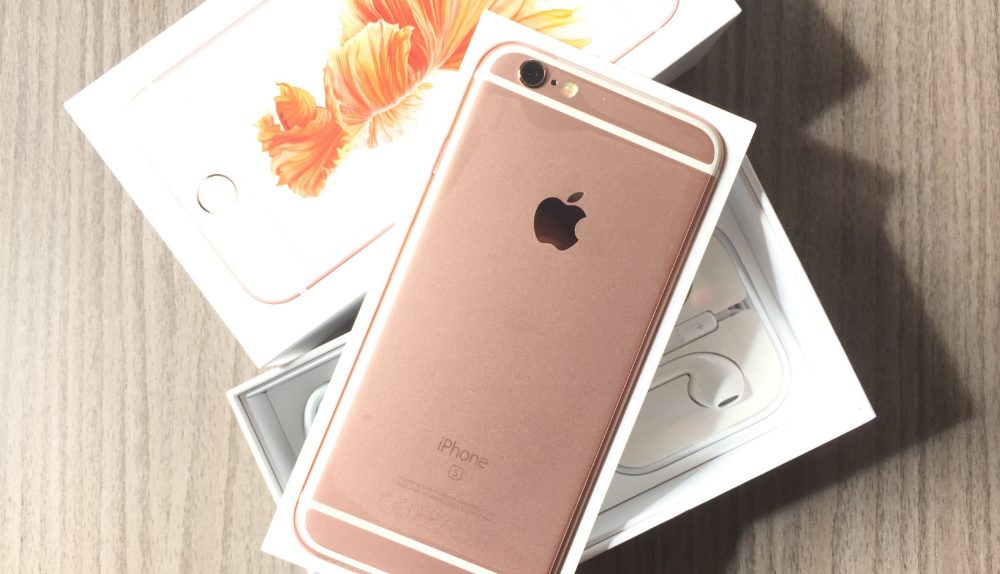Over the past few years, analysts and pundits alike have been all too quick to declare that iPhone sales have peaked. “There’s simply no way Apple can maintain this momentum”, analysts would often declare, before predicting that Apple was about to experience an abrupt and painful decline from the tech mountain top.
Of course, with the iPhone accounting for a disproportionate percentage of Apple’s revenue, it’s only natural for analysts to look at iPhone growth as a strong indicator of the company’s financial health. Only thing is, Apple has continuously managed to deliver exciting new smartphone innovations that keep its smartphone sales trending upwards.
DON’T MISS: The first ‘Star Trek Beyond’ trailer just leaked
That said, a new research note from analyst Katy Huberty over at Morgan Stanley articulates that Apple’s iPhone ride may be poised to end in 2016. According to Huberty, Apple in 2016 will experience its first drop in iPhone sales in company history. Specifically, Huberty anticipates that iPhone sales will decline by nearly 6% next year.
As for the specific figures, here’s how they break down. During Apple’s fiscal 2015 (which ended in late September) , the company posted iPhone sales of 231.11 million units, an impressive 37% increase in unit sales compared to 2014. But looking ahead to 2016, Huberty believes that iPhone sales will check in at 218 million, representing a 5.7% decline.
Huberty’s research note raised more than a few eyebrows because iPhone sales couldn’t be stronger. The new iPhone 6s models set a weekend sales record at launch (13 million units) and are seemingly still selling well. Additionally, Apple may get a boost in iPhone sales once the rumored iPhone 6c is unveiled sometime in early 2016.
So what gives? Why is Huberty so bearish on 2016 iPhone sales?
So what’s the reason for the tumble? Huberty points to “higher prices in international markets (ex-China) and maturing smartphone penetration in developed markets weighs on upgrades and new user growth.”
While those are all valid concerns, Apple, again, has demonstrated an uncanny knack for rolling out compelling new smartphone features that attract new users and keep current users on a 2-year upgrade cycle. In fact, Tim Cook mentioned during Apple’s last earnings conference call that upwards of 30% of new iPhone purchases are now coming from Android switchers, the highest switch rate Apple has ever seen.
It’s a huge number and we’re very proud of it,” Cook said. “What this means is that for customers who purchased an iPhone last quarter and replaced a smartphone, 30% of those switched from an Android device. There would’ve been some switchers from other operating systems, but Android is the largest one by far.”
As a final point, it’s worth noting that the iPhone 7, which by all accounts will be Apple’s most popular device yet, likely won’t be released until mid-September 2016 and therefore won’t weigh in heavily on Apple’s fiscal 2016 iPhone sales figures.




